42 diagram of the integumentary system
PDF Integumentary System Part I: Functions & Epidermis INTEGUMENTARY SYSTEM PART III: ACCESSORY STRUCTURES Integumentary Accessory Structures • Hair, hair follicles, sebaceous glands, sweat glands, and nails: - are made of epithelial tissue (part of epidermis) - are located in dermis - project through the skin surface The Hair Follicle • Is located deep in dermis - (made of epithleial tissue) theintegumentarysystem8-6.weebly.com › diagramsDiagrams - The integumentary system Diagrams - The integumentary system This is another diagram of your skin. This is a diagram of your skin. This is a diagram of your hair. Diagram of the skin and hair (includes sweat gland) Skin: Tissue creating an external covering of the body.
PDF Chapter 7 The Integumentary System The Integumentary System Chapter 6 •Skin Functions •Skin Layers •Skin Color •Hair •Nails •Cutaneous Glands •Burns . Functions of the Skin •Skin is a barrier to microbes, chemical irritants, water loss. •Vitamin D synthesis begins in skin exposed to UV light.
Diagram of the integumentary system
Integumentary system parts: Quizzes and diagrams | Kenhub Integumentary system quiz and answers. One of the best ways to start learning about a new system, organ or region is with a labeled diagram showing you all of the main structures found within it. Not only will this introduce you to several new structures together, it will also give you an overview of the relations between them. › the-integumentary-systemThe Integumentary System (Skin, Hair, Nails): Anatomy and ... The integumentary system is made up of several organs and structures including the skin, hair, nails, glands, and nerves. The primary function of the integumentary system is to protect the inside of the body from elements in the environment—like bacteria, pollution, and UV rays from the sun. The skin and its associated structures also retain ... Integumentary System Anatomy and Physiology - Nurseslabs The integumentary system has sensory receptors that can distinguish heat, cold, touch, pressure, and pain. Anatomy of the Integumentary System The skin and its derivatives (sweat and oil glands, hair and nails) serve a number of functions, mostly protective; together, these organs are called the integumentary system.
Diagram of the integumentary system. THE INTEGUMENTARY SYSTEM.pdf Skin has two main structural layers. The outer Epidermis is chiefly protective, and the underlying Dermis contains many different tissues with varied functions.19 pages Integumentary System Diagram | Quizlet Integumentary System. Made up of the skin, hair, nails, and glands. Nail Bed. Epidermis underneath keratinized nail plate; appears pink in the presence of many blood vessels in the underlying dermis. Dermal papillae. Creative Diagram Of Integumentary System - Glaucoma Template Diagrams - The integumentary system This is another diagram of your skin. Guarding the internal soft structures ligaments muscles and bones it forms covering around all of your body and is made up of the multiple layers of the. The skin is composed of three layers of tissue. Clitoris: Location, structure, diagram | Kenhub Mar 03, 2022 · The clitoris is an erectile structure, homologous to the male penis.It is located inferior to the mons pubis at the anterior end of the vulva where the two labia minora meet. Similar to the penis, it is composed of paired crura, a body and a glans. Unlike its male counterpart however, the clitoris is not circumscribed by a foreskin nor is it perforated by the urethra (and, …
Integumentary system: Definition, diagram and function ... Feb 28, 2022 · Broadly speaking, the integumentary system is composed of skin and its appendages, subcutaneous tissue, deep fascia, mucocutaneous junctions, and breasts. This article will discuss all of these components in detail together with some clinical notes about them and the integumentary system as a whole. Contents Components Skin Functions Layers Integumentary System | histology Ross and Pawlina (6th ed), Chapter 15 Integumentary System, pgs. 488-525 . Back to Top. Learning Objectives. Be able to identify principal layers of the skin (epidermis, dermis and hypodermis) at the light microscope level and know the principal functions of each layer. Integumentary System Diagram | Quizlet Start studying Integumentary System. Learn vocabulary, terms, and more with flashcards, games, and other study tools. PDF An overview of the integumentary system An overview of the integumentary system: The body's largest and heaviest organmaking up 15% of body weight. Most skin is 1 to 2 mm thick Two layers of the skin (cutaneous membrane) ... This is a diagram of all the layers. A few key points to know about the epidermis. It takes 30-40 days for a keratinocyte
how to draw integumentary system/ skin layers - YouTube how to draw integumentary system/ skin layersother diagrams tutorial video links:- to draw digestive system:-https... Common Diseases and Disorders of the Integumentary System ... Our Integumentary System has an important job for the human body. It provides protection against diseases, disorders, bacteria and viruses as long as the skin is intact. The skin protects us from UV rays and works with the body to regulate the body's temperature. Further, the skin can turn sunlight into Vitamin D and can expel waste through ... quizlet.com › 226844276 › integumentary-system-diagramIntegumentary System Diagram | Quizlet integumentary system Consists of the skin, mucous membranes, hair, and nail, largest organ of the human body. epidermis The outer layer of the skin. dermis A layer tissue underneath the epidermis of the skin which contains blood vessels, lymphatic vessels, nerves, sensory receptors, and oil and sweat glands. hypodermis PDF The Integumentary System Training Handout 1 The Integumentary System - Training Handout Karen L. Lancour National Rules Committee Chairman - Life Science The integumentary system consists of the skin, hair, nails, the subcutaneous tissue below the skin, and assorted glands. Functions of the Integumentary System Protection against injury and infection
quizlet.com › 310631918 › integumentary-systemIntegumentary System Labeling Diagram - Quizlet Integumentary System Labeling. STUDY. Learn. Flashcards. Write. Spell. Test. PLAY. Match. Gravity. Created by. Bethany_Thiele. Terms in this set (14) Epidermis. The most superficial section of skin, made up of epithelial tissue. Dermis. Below the epidermis, and above the hypodermis, this section of skin contains many structures including blood ...
The Integumentary System Functions of the Integumentary system 1. protection a) chemical factors in the skin: Sebum (or oil) from the sebaceous glands is slightly acidic, retarding bacterial colonization on the skin surface. Sweat from the sudoriferous glands is slightly hypertonic and can flush off most bacteria on the skin surface.
Integumentary System Diagram | Quizlet Integumentary system The skin and its derivatives. (Sweat and oil glands, hairs and nails) make up a complex set of organs that serves several functions, mostly protective.
Integumentary System - Diagram - How It Works | Live Science Diagram of the Human Integumentary System (Infographic) By Ross Toro published 5 August 13 The skin is the largest organ of the body, and helps protect it from the environment.
Integumentary System Anatomy and Physiology - Nurseslabs The integumentary system has sensory receptors that can distinguish heat, cold, touch, pressure, and pain. Anatomy of the Integumentary System The skin and its derivatives (sweat and oil glands, hair and nails) serve a number of functions, mostly protective; together, these organs are called the integumentary system.
› the-integumentary-systemThe Integumentary System (Skin, Hair, Nails): Anatomy and ... The integumentary system is made up of several organs and structures including the skin, hair, nails, glands, and nerves. The primary function of the integumentary system is to protect the inside of the body from elements in the environment—like bacteria, pollution, and UV rays from the sun. The skin and its associated structures also retain ...
Integumentary system parts: Quizzes and diagrams | Kenhub Integumentary system quiz and answers. One of the best ways to start learning about a new system, organ or region is with a labeled diagram showing you all of the main structures found within it. Not only will this introduce you to several new structures together, it will also give you an overview of the relations between them.
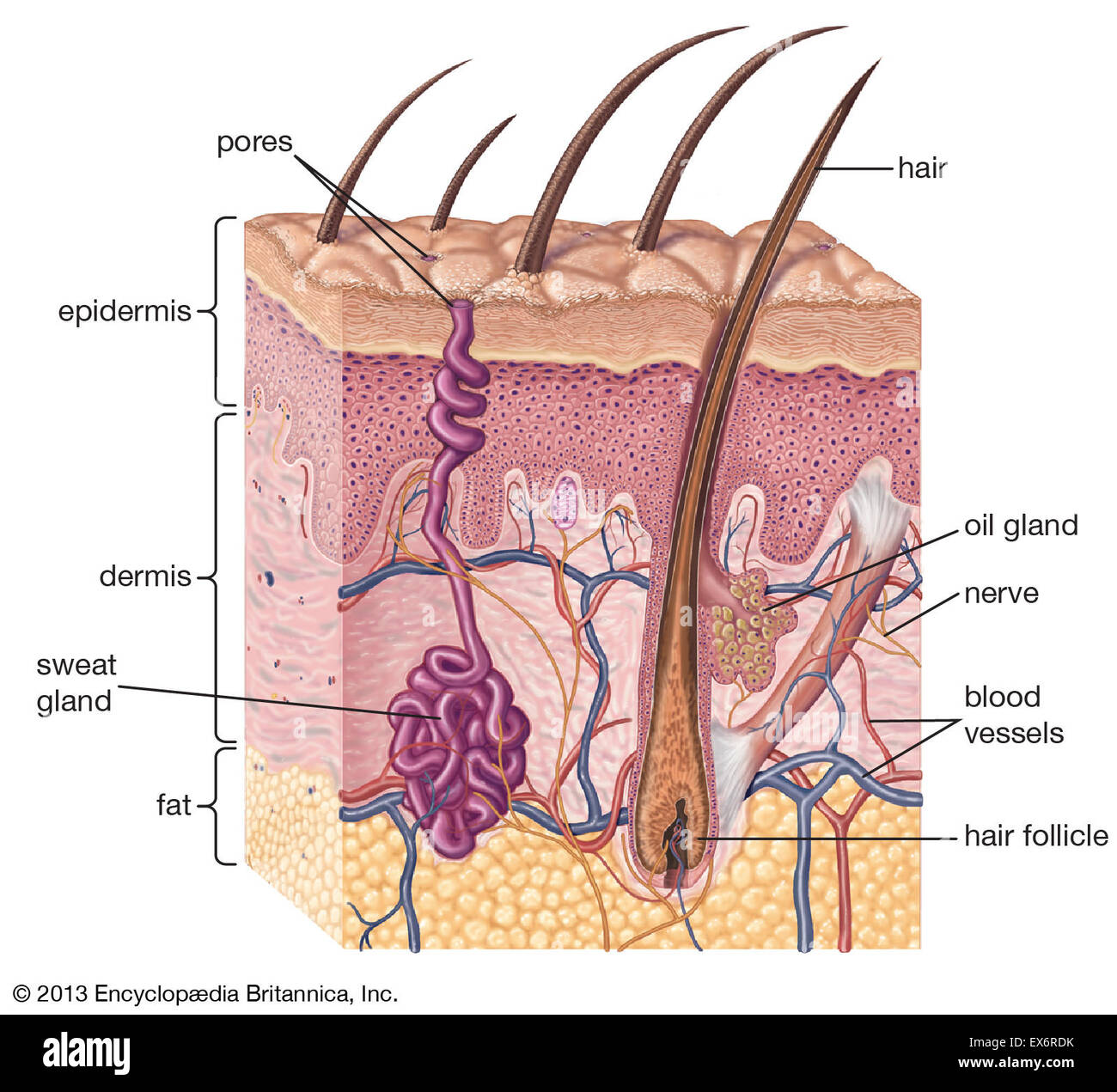

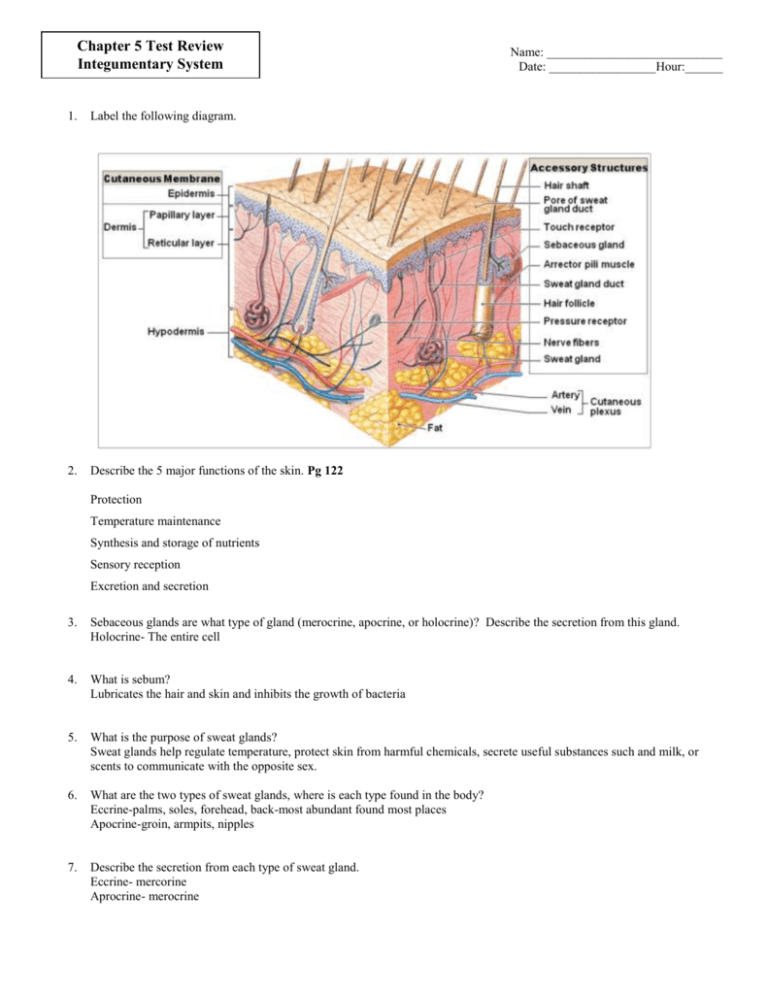
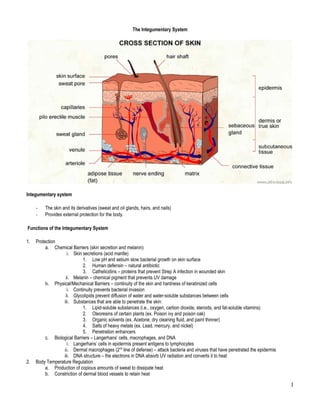
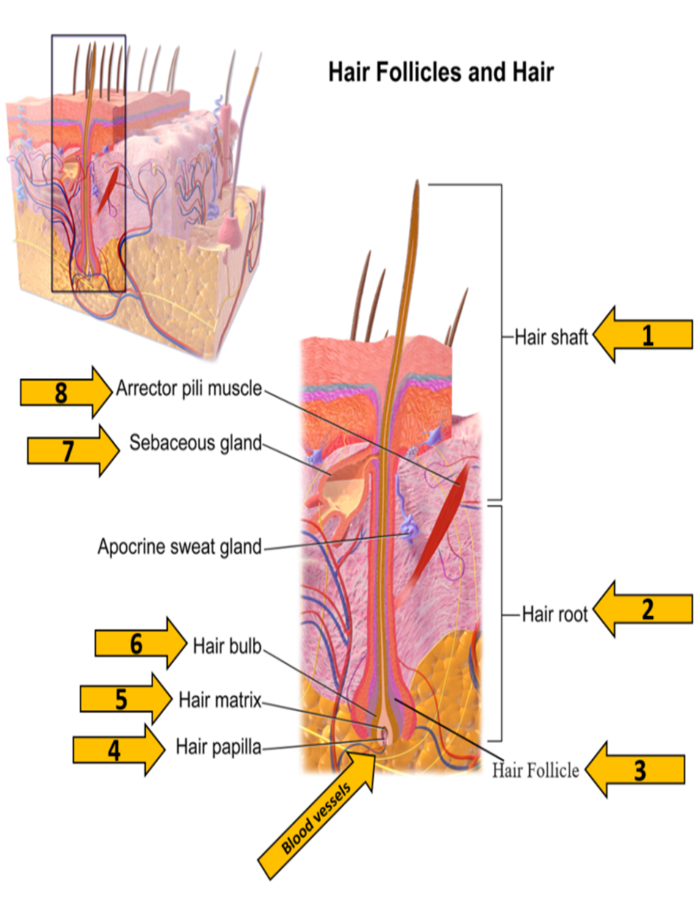




:watermark(/images/watermark_only.png,0,0,0):watermark(/images/logo_url.png,-10,-10,0):format(jpeg)/images/anatomy_term/thick-skin/5Zn7iePsQDxeSjTk2BevA_Thick_skin.png)
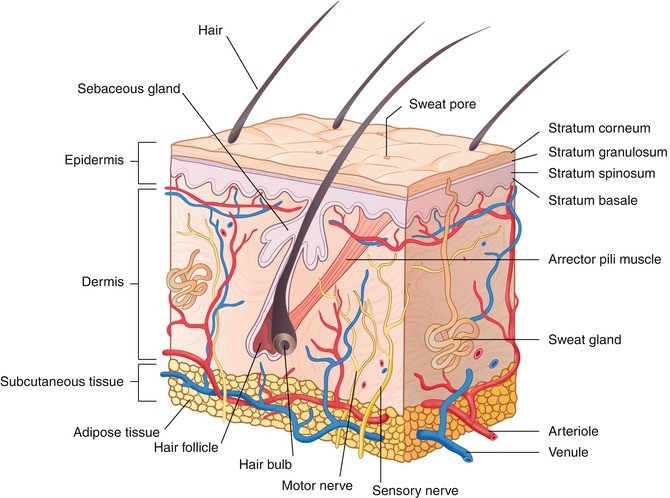


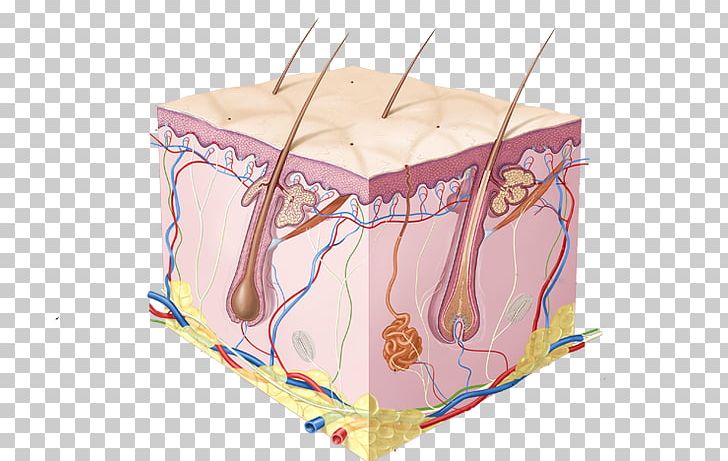




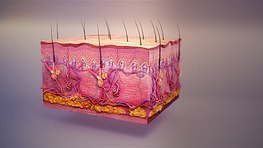
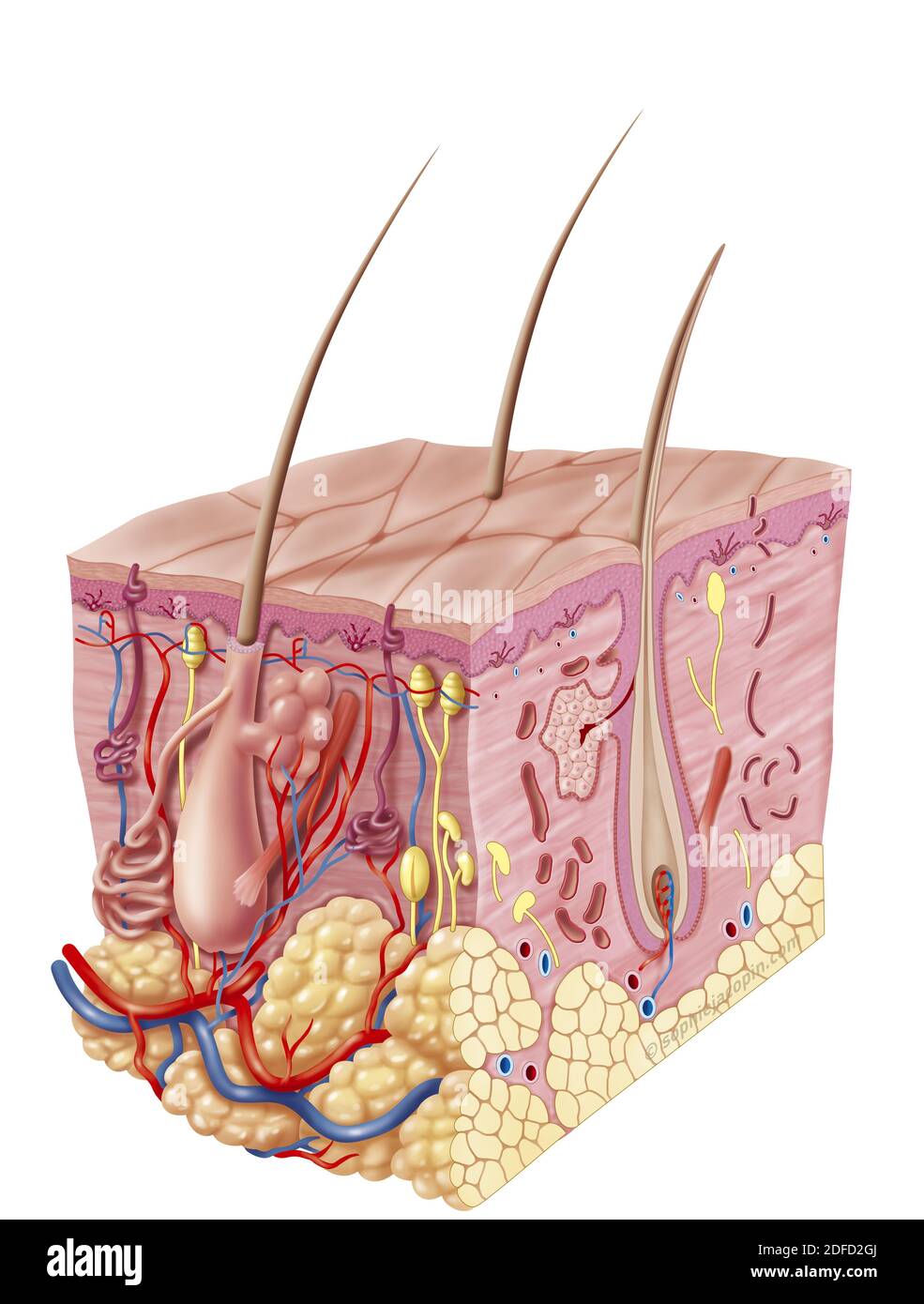
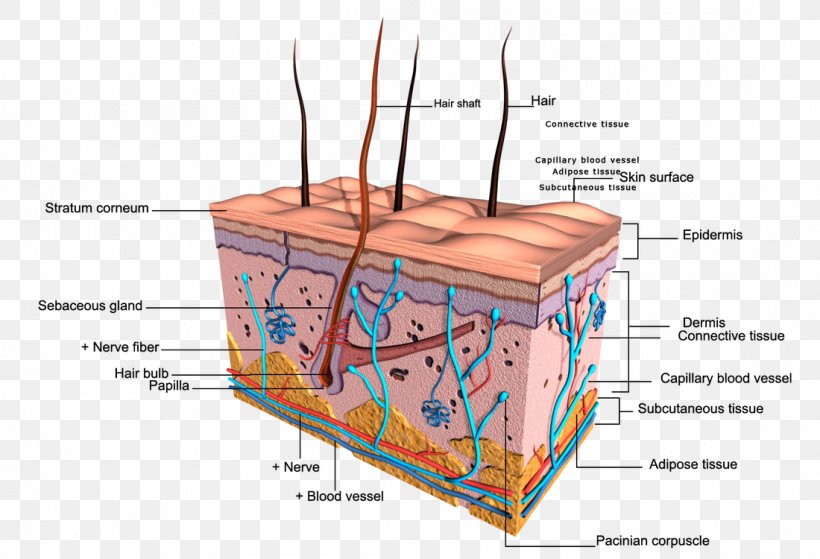



:watermark(/images/watermark_only.png,0,0,0):watermark(/images/logo_url.png,-10,-10,0):format(jpeg)/images/anatomy_term/hair-shaft/6LDs0jBCUnUduhXT7SCGw_Hair_shaft_02.png)
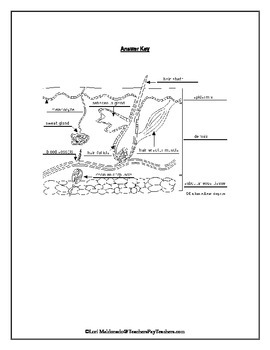
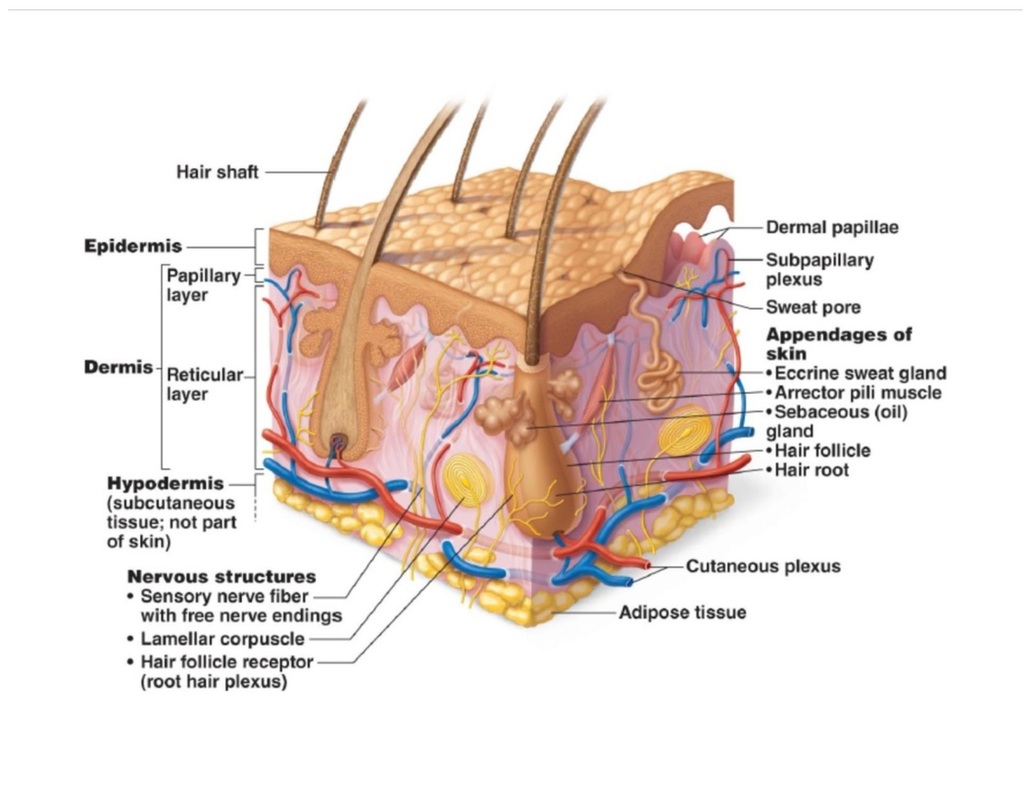


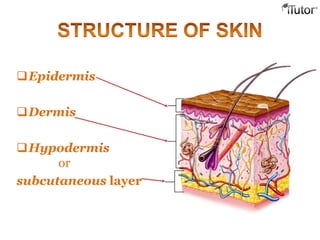



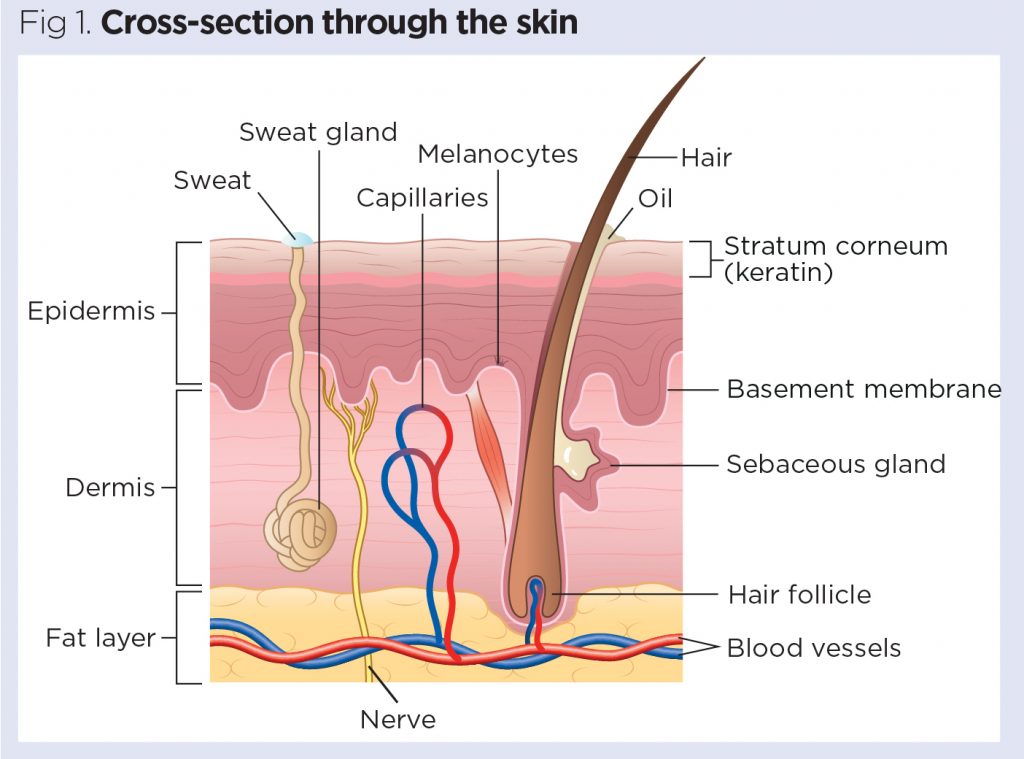
Comments
Post a Comment